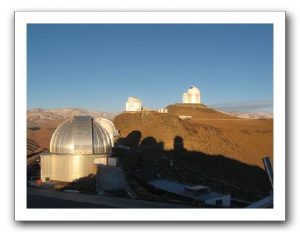Emergent Planetary Detection via Gravitational Lensing

The CBC Quirks and Quarks podcast on “The 10% Solar System Solution” is a really interesting 9 minutes with Scott Gaudi on how to find small planets far away:
We have to rely on nature to give us the microlensing events. That means we can’t actually pick and choose which stars to look at, and we can’t actually pick what times to look at. So the best suited telescopes are those telescopes we can use at anytime that are located throughout the globe so that it’s dark somewhere. And so we use a lot of amateurs, actually we don’t use, we work with a lot of amatuers who have their own telescopes, relatively small telescopes, .3 meters, .4 meters in their backyard which they can use anytime they want. We call them up when we see a microlensing event happening that we think might be interesting and we ask them to get data for us. In fact in many cases they’ve gotten crucial data for us which has helped to discover a micro-lensing event.
What’s most amazing to me is how useful it is to have small parts loosely coupled, each pursuing their own interests. What emerges is, quoting Gaudi again:
One of our amatuers, Jenny McCormick who works in New Zealand and has her own observatory which she calls Farm Cove Observatory has said “It just goes to show: you can go out there you can work full time, you can be a mother and you can still find planets.”
Photo: The ESO Telescopes [link to http://www.flickr.com/photos/paulbrowne/3679903419/ no longer works], by Paul Browne